
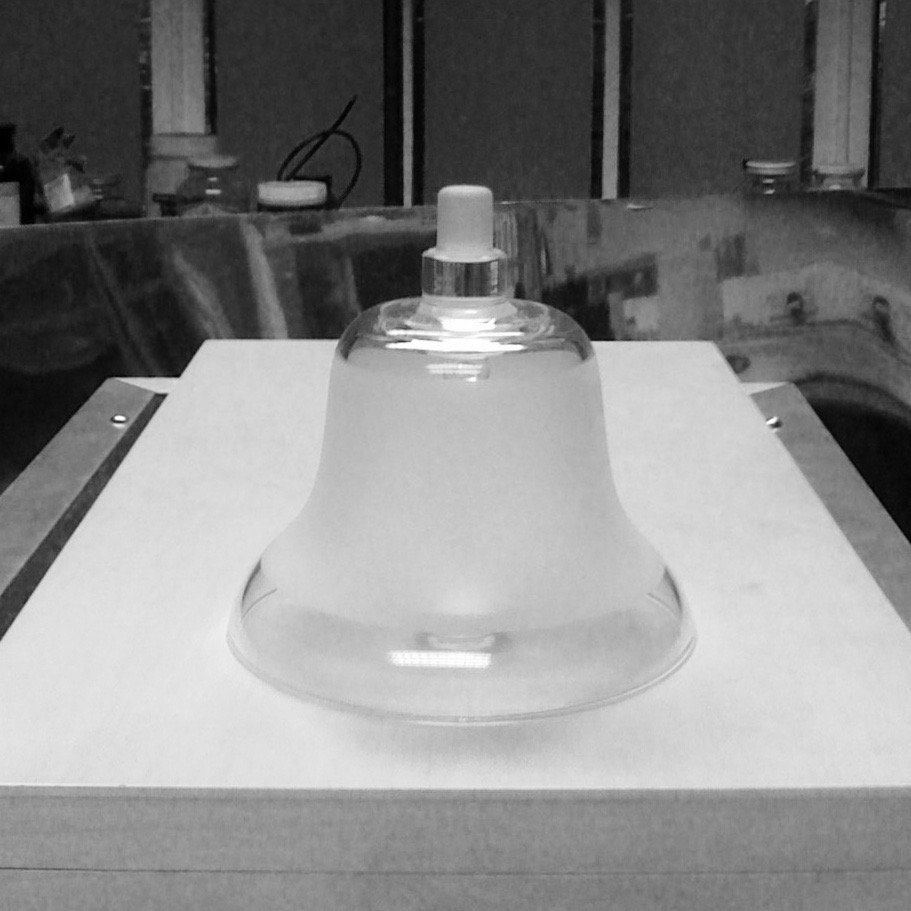

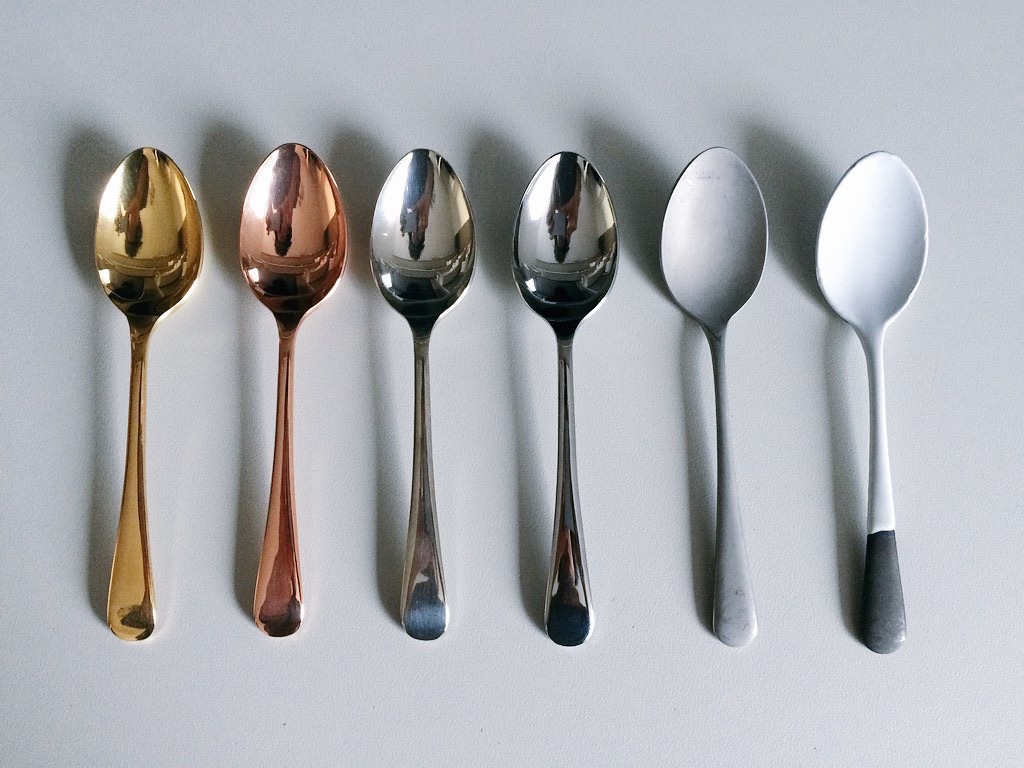
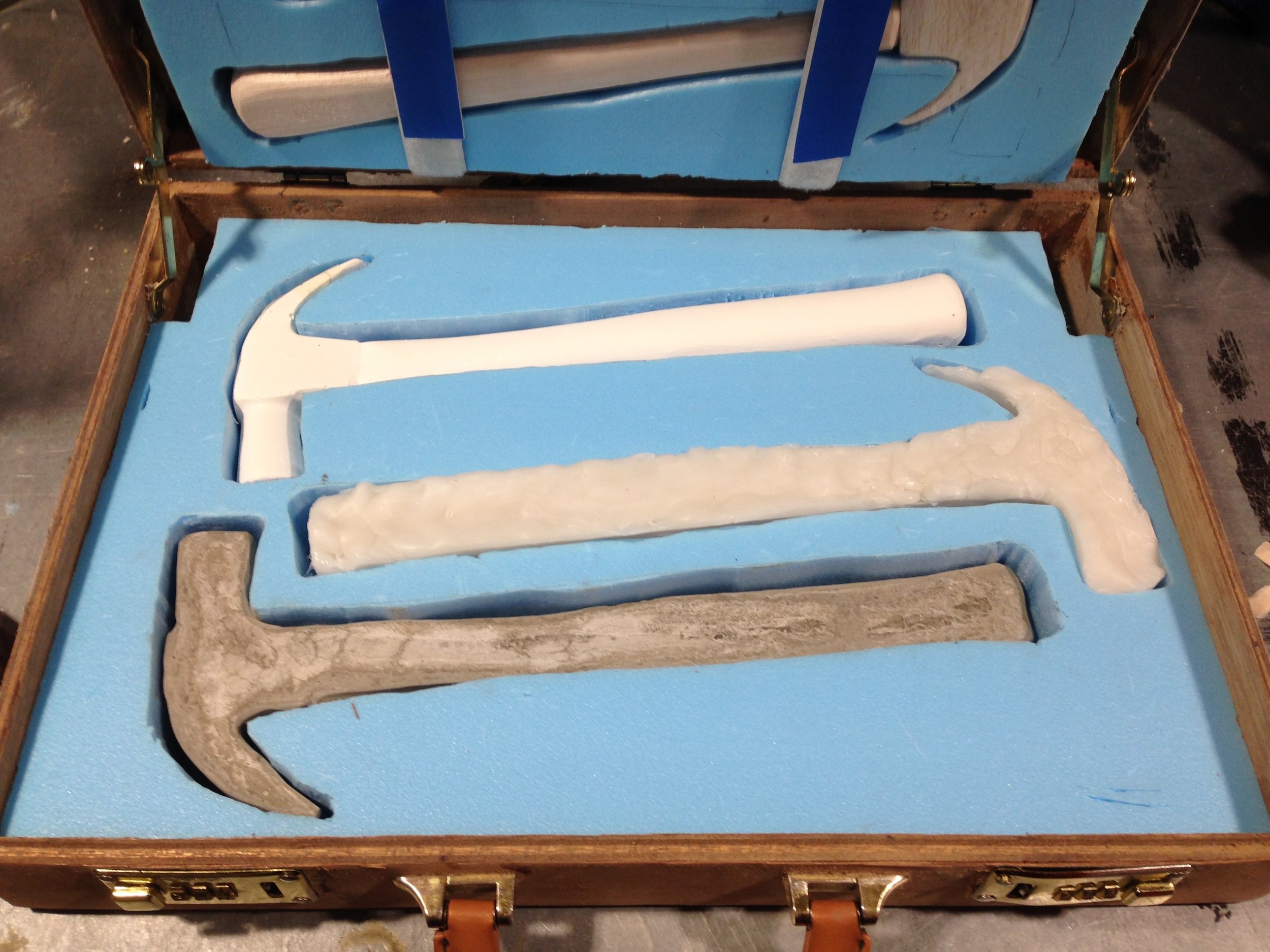

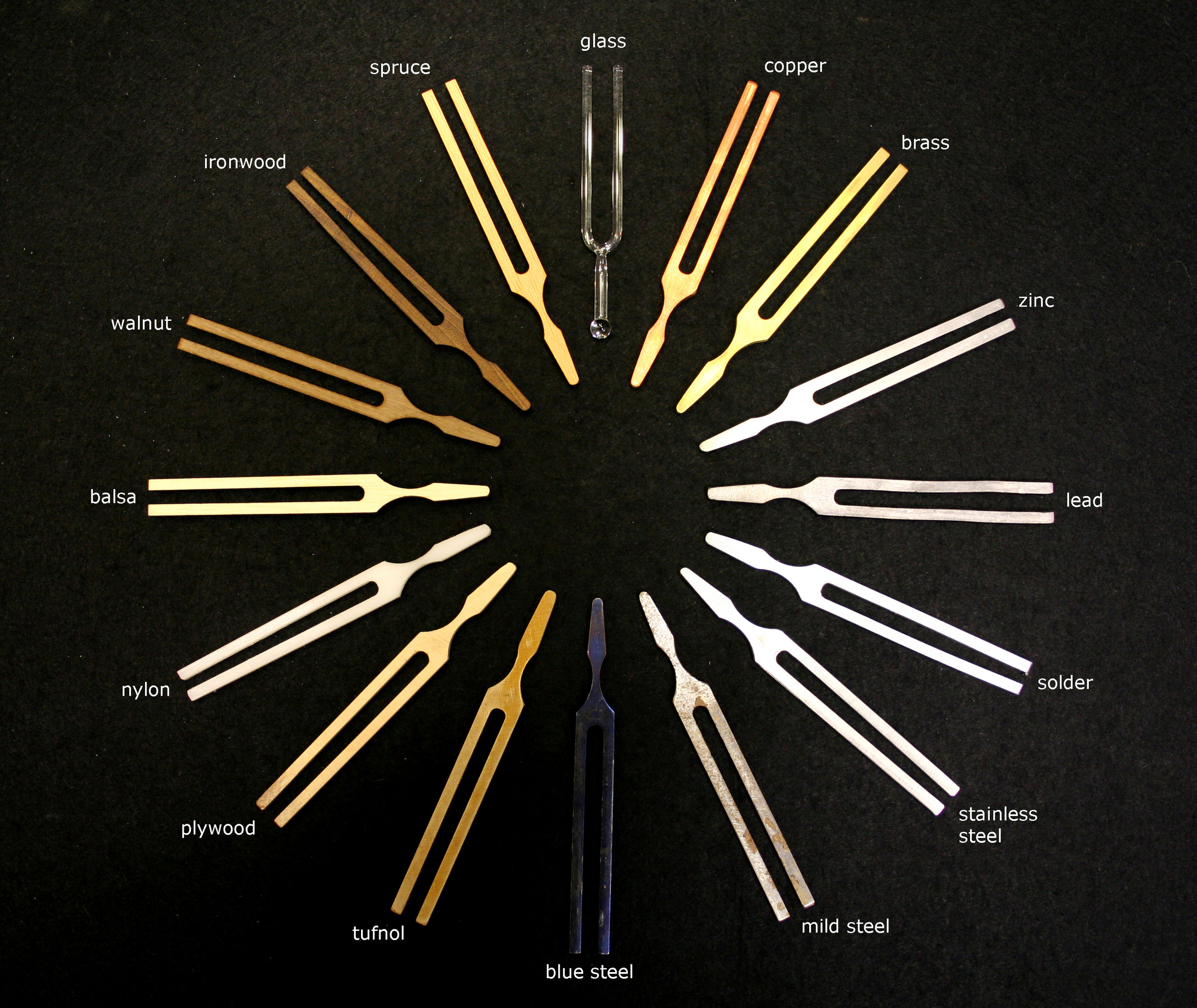
Material-Objects (selection)
Aluminium, tungsten, pewter, glass, stainless steel, enamel, gold, copper, silver, tin, chrome, zinc, concrete, plaster, styrofoam, clay, sugar, polystyrene.
Zoe Laughlin, 2005 - ongoing
Stuff is Constantly Getting up to Things in Order to Generate the World of Objects.
Cork, anodised aluminium, hemp cord, waxed polyester, painted aluminium, silicon carbide.
Zoe Laughlin, 2017.
Tree
The lower 5m of a mature spruce tree, balancing solely on its own routes.
Zoe Laughlin, 2013.



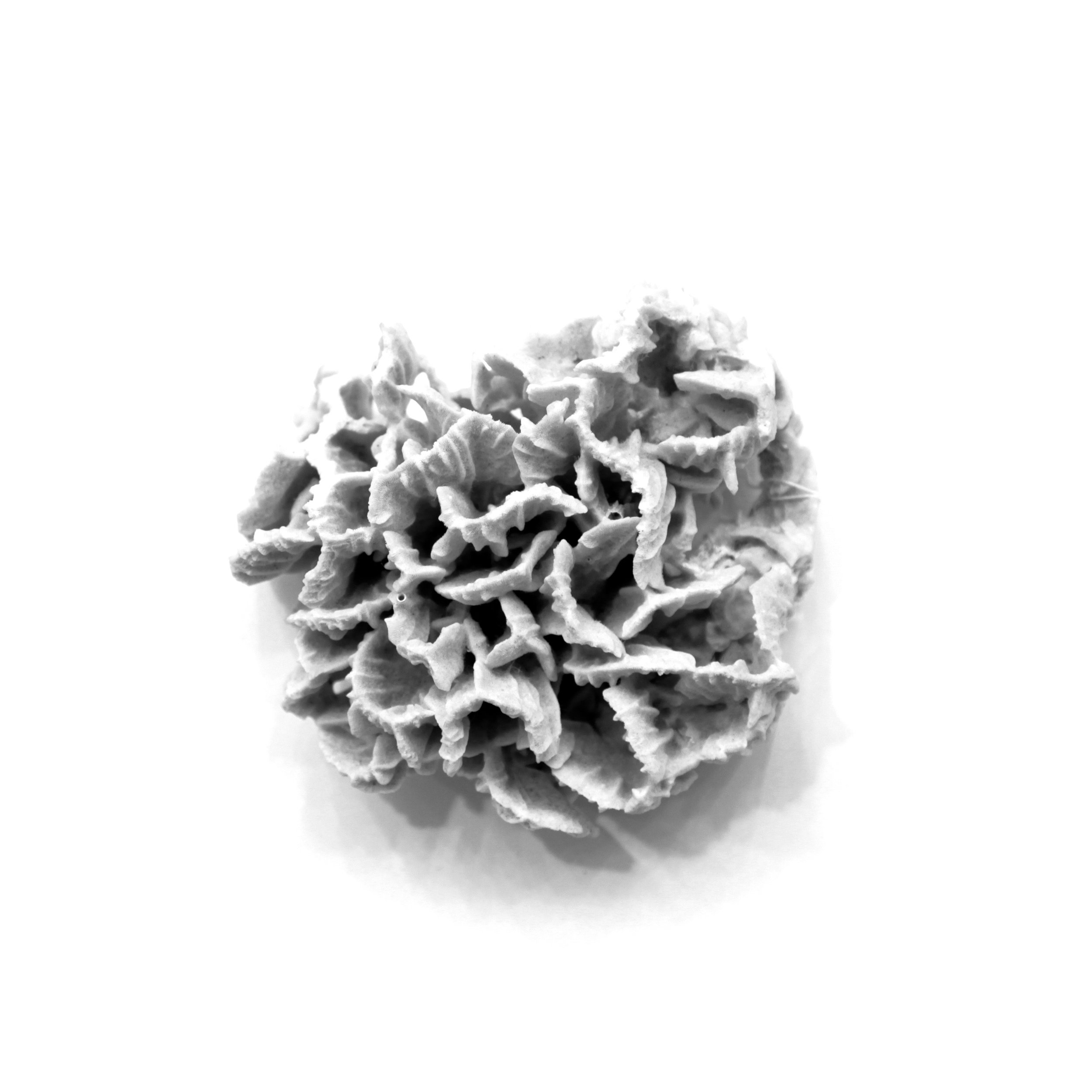
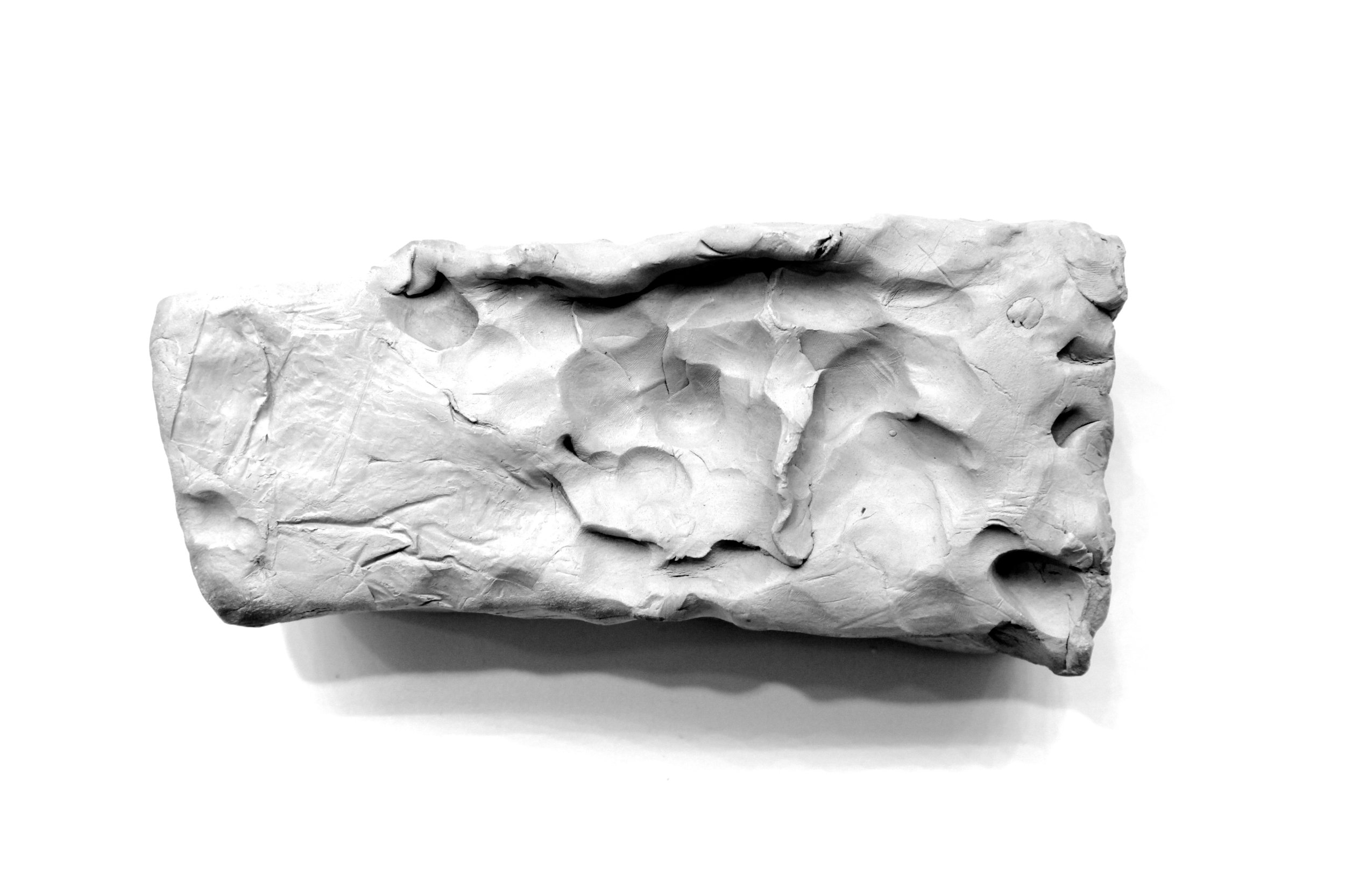




Material Topologies
(2012 - 2017)
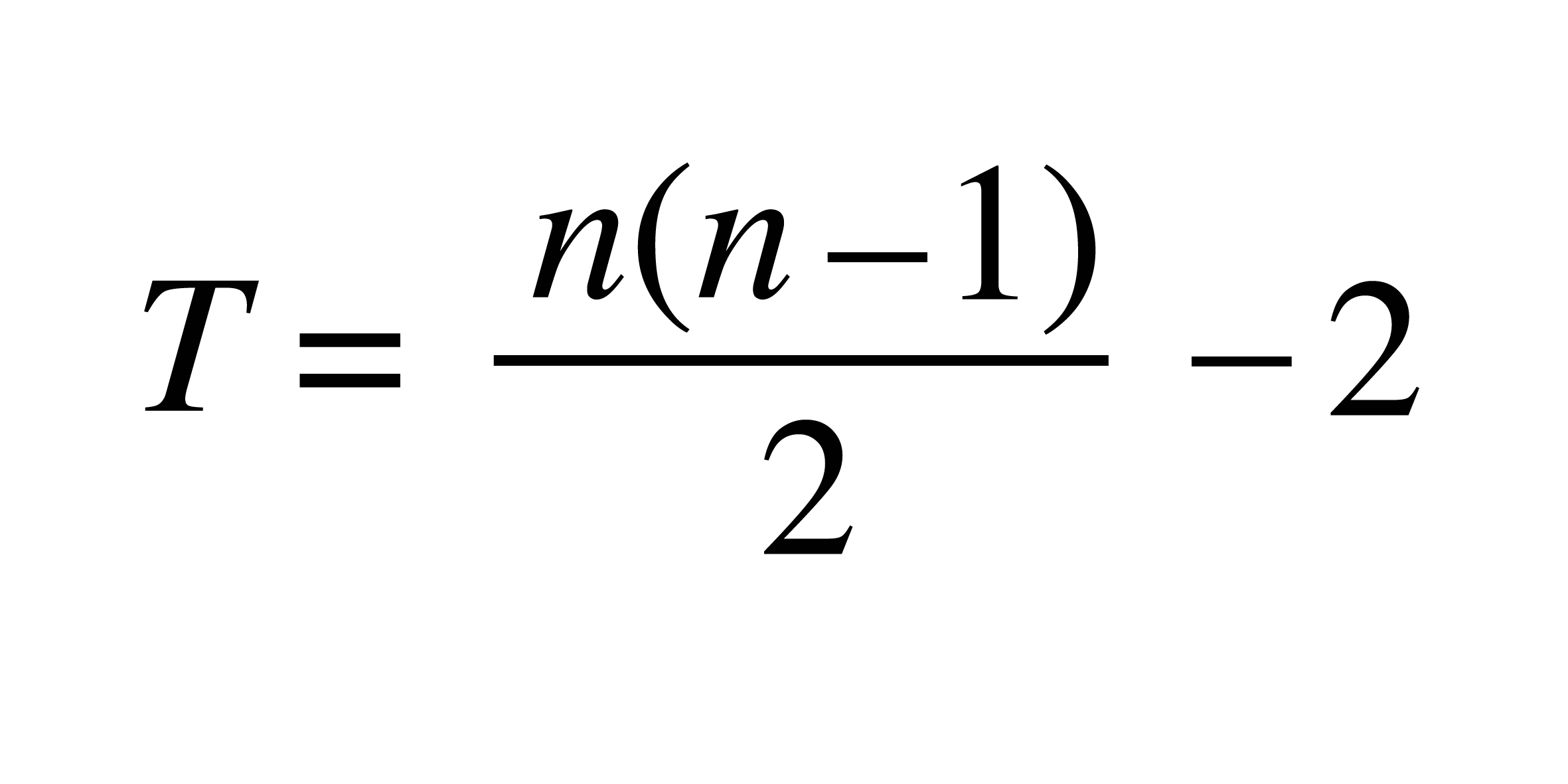
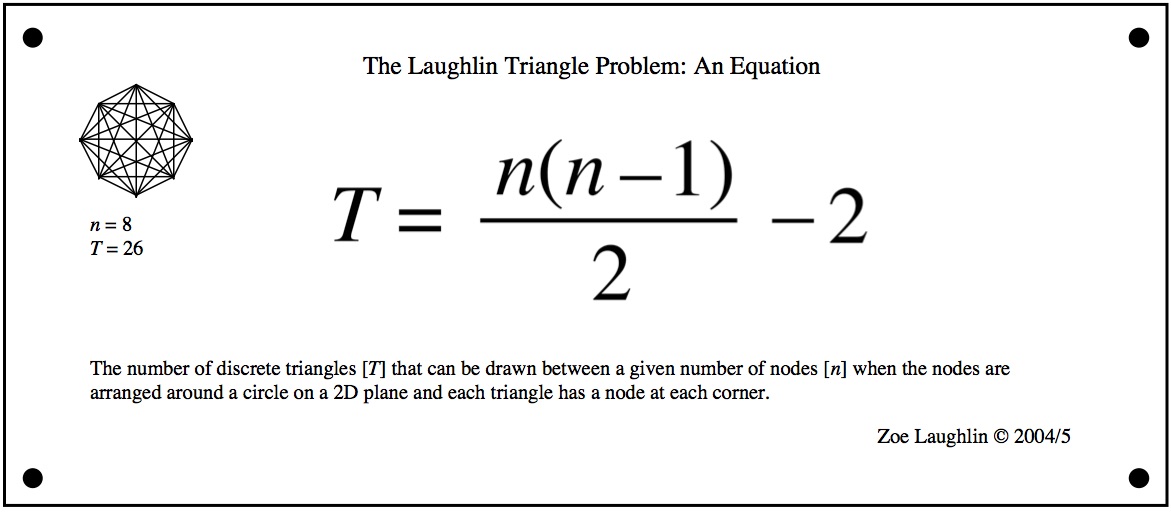
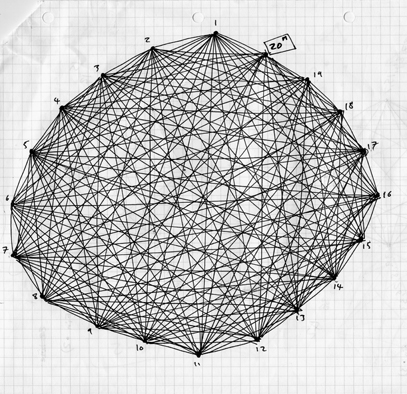
Laughlin Triangle Equation
(2004)
Glossary
(2009 - 2010)
Glossary of relevant terms and resultant ideas that surround my making of Material-Objects. (From >> Beyond the Swatch << p358-359, 2010.)
Material-Object
A descriptive term used to embrace and unite both materials and objects. The words ‘material’ and ‘object’ are purposely hyphenated to represent the status of each as being continually linked to the other –there is no matter without a form and no object without material. The term is also used to emphasis the conceptual nature of both materials and objects and demonstrate that once something exists it moves away from the concept of either, into a negation reality with both.
Material-Object Continuum
The dynamic space along which material-objects are located with the concepts of ‘material’ and ‘object’ providing the two ends of the contin- uum. Material-objects can traverse the continuum through changes in form or material, through iso- morphic methods of material-object experimenta- tion, to become more-or-less object or more-or-less material.
Material-Obejct Nexus
The dynamic space within which material-objects are located. The use of the word nexus is delib- erately chosen to emphasise the relational connec- tions that exists between material-objects due to similarities in material, form and function.
Isometric Methodology
The making of sets of material-objects that are of equal dimensions. The classical methodology for swatch creation where form is kept constant.
Isomorphic Methodology
The making of sets of material-objects where any one aspect (form, function or material) can become the variable, resulting in the creation of overtly re- lational material-objects.




